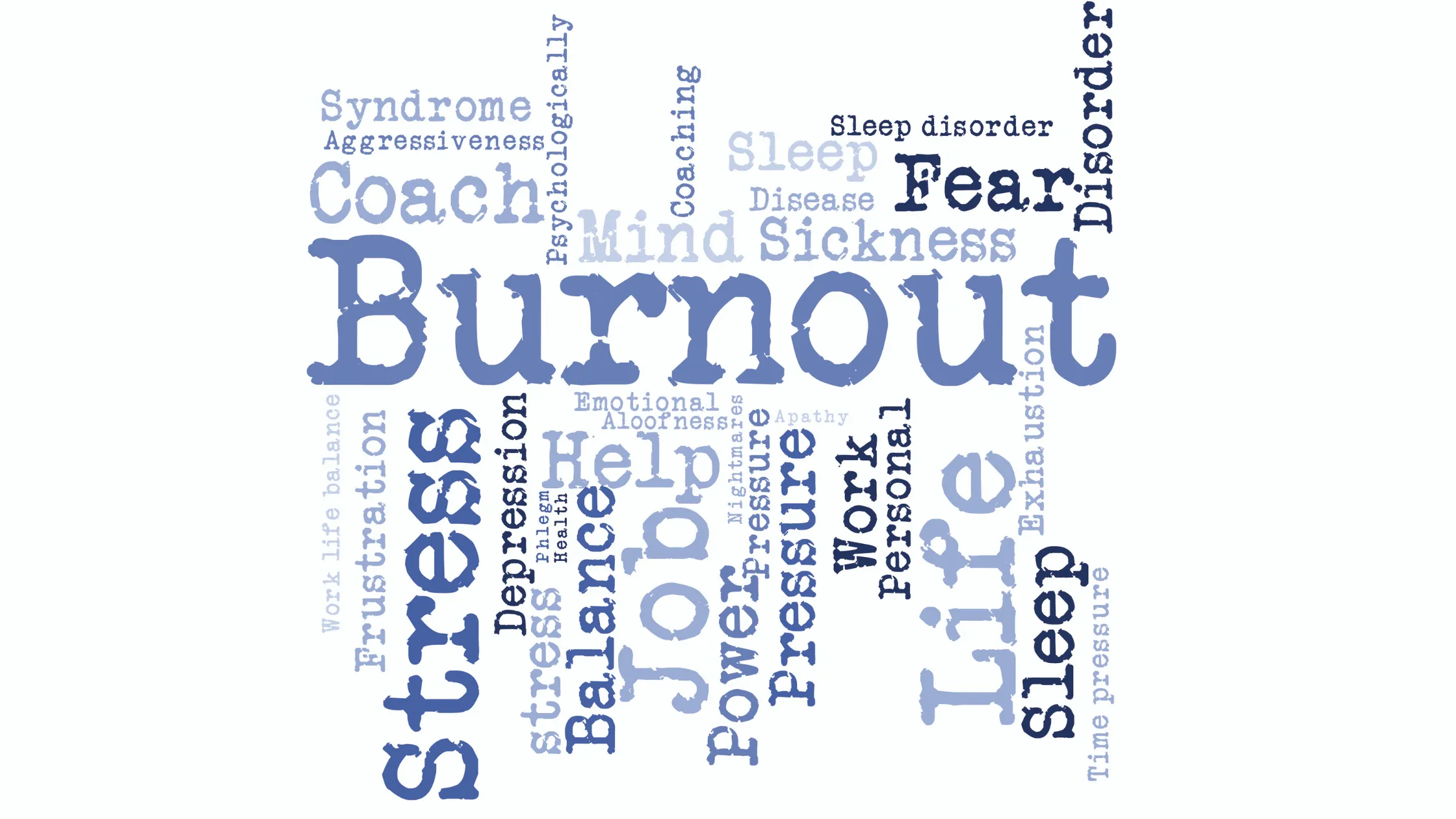Burnout is a growing concern in the IT industry, marked by emotional exhaustion, diminished performance, and a sense of detachment. As the demands of technology continue to rise, organizations must proactively address employee well-being. This piece outlines strategies to mitigate burnout, fostering a healthier and more productive workplace.
What is Tech Burnout?
Tech burnout refers to the extreme exhaustion and stress that many employees in the technology sector experience. It goes beyond typical fatigue and results in a state of emotional, mental, and physical exhaustion caused by prolonged and excessive stress. This phenomenon can lead to feelings of helplessness, hopelessness, and detachment from work. The tech industry, with its rapid pace and high expectations, has seen an alarming increase in burnout rates, as many workers struggle to balance demanding workloads with their personal lives.
Why is Burnout Common?
Burnout is particularly prevalent in the tech sector due to several interrelated factors:
- Excessive Work Hours: Many tech professionals face long hours, often working beyond the standard workweek to meet deadlines and project demands.
- Insufficient Rewards: When the effort put into work is not met with appropriate recognition or compensation, it can lead to feelings of undervaluation and frustration.
- Lack of Control: Employees often experience a lack of autonomy in their roles, making them feel powerless over their work situations.
- Limited Support: A lack of support from management or colleagues can exacerbate feelings of isolation and stress, increasing the risk of burnout.
- Unfair Treatment: Perceptions of favoritism or inequality in the workplace can lead to resentment and disengagement, further fueling burnout.
Common Signs of Burnout
Burnout in tech can manifest in various ways, making it essential to recognize its symptoms early. Key signs include:
- Lack of Motivation and Engagement: Employees may feel disinterested in their tasks and lack the drive to perform at their best.
- Emotional Exhaustion: Persistent fatigue, both mental and physical, is a hallmark of burnout.
- Decreased Job Satisfaction: A decline in the enjoyment of work and a sense of disconnection from tasks can occur.
- Self-Doubt and Low Self-Esteem: Individuals may struggle with feelings of inadequacy and uncertainty about their abilities.
- Reduced Performance Levels: An observable decline in productivity and quality of work is common among burned-out employees.
- Increased Absenteeism and Turnover: Frequent absenteeism and a higher turnover rate can indicate widespread burnout within an organization.

The Cost of Burnout to IT Companies
Impact on Productivity and Innovation
Burnout significantly hampers productivity. According to a study by Gallup, employees experiencing burnout are 63% more likely to take a sick day and are 23% less productive than their engaged counterparts. In a fast-paced IT environment, where deadlines and project demands are high, this decline in productivity can lead to missed deadlines and subpar work quality. Furthermore, a lack of innovation is often a direct result of burnout. When employees are exhausted, their creativity diminishes, stifling the development of new ideas and solutions essential for staying competitive in the tech landscape.
Financial Costs
The financial implications of burnout can be staggering. The American Psychological Association estimates that workplace stress costs U.S. employers about $300 billion annually in healthcare costs, absenteeism, and decreased productivity. With IT roles often requiring specialized skills and training, the costs associated with turnover can cripple a company’s financial health.
Effect on Company Culture and Reputation
Burnout doesn’t just affect individual employees; it can erode company culture and tarnish an organization’s reputation. High turnover rates and absenteeism can create a toxic environment, leading to low morale among remaining employees. A study by Deloitte revealed that companies with a strong sense of culture and employee engagement outperform their competitors by 516%.
Moreover, a negative workplace culture can damage a company’s reputation in the job market. Talented professionals often avoid organizations known for high employee turnover and poor well-being support. In today’s digital age, news spreads quickly, and potential candidates will likely research employee reviews on platforms like Glassdoor and LinkedIn before applying.
Strategies to Prevent and Manage Tech Burnout
- Set Clear Boundaries: Establishing firm boundaries regarding work hours and responsibilities can help prevent overwhelm. Clearly communicate your limits with colleagues and managers to ensure everyone is on the same page.
- Communicate Openly with Management: Encourage open dialogue about workload and stress levels. Sharing concerns with management fosters a culture of understanding and can lead to solutions that benefit both employees and the organization.
- Work for a Supportive Company: Choose organizations that align with your values and where you feel valued. A supportive work culture can significantly impact job satisfaction and employee retention.
- Manage Virtual Meeting Fatigue: Limit attendance at non-essential meetings to reduce fatigue and reclaim time for focused work. Assess the necessity of each meeting and prioritize your schedule accordingly.
- Unplug After Work Hours: Create a routine that allows for disconnecting from work to maintain a healthy work-life balance. Establish physical and mental boundaries to separate work from personal life, which is particularly challenging in remote settings.
- Identify Stressors: Regularly assess which projects or interactions trigger stress. Being aware of these factors can help you manage and mitigate their impact, leading to improved well-being.
- Build a Support Network: Develop a support system of friends, family, and colleagues who can provide emotional support and guidance during stressful times. Having trusted individuals to turn to can alleviate feelings of isolation.
- Incorporate Physical Activity: Regular physical activity can help relieve stress and improve overall well-being. Consider integrating movement breaks into your daily routine, whether through yoga, walking, or quick workouts.
Employer Strategies to Reduce Burnout
- Define Roles Clearly: Ensure that employees understand their responsibilities and expectations. Clarity reduces confusion and helps prevent burnout by allowing employees to focus on their specific tasks.
- Offer Flexible Deadlines: Allowing for adjustable deadlines can enhance work quality and employee morale. Flexibility in deadlines prevents the rush associated with strict timelines and promotes better results.
- Cultivate a Positive Work Culture: Promote a supportive environment through recognition, appreciation, and open communication. A positive culture fosters employee motivation and satisfaction, reducing the likelihood of burnout.
- Implement Flexible Schedules: Encourage flexible working arrangements to help employees create routines that suit their individual needs. This flexibility promotes work-life balance and can lead to increased productivity.
- Enhance Employee Benefits: Prioritize mental health resources and wellness programs. Providing benefits that address well-being can improve employee satisfaction and retention, contributing to a healthier workplace.
- Facilitate Access to Mental Health Resources: Ensure employees have access to mental health support, whether through professional services or workplace wellness initiatives. Resources like counseling services and stress management workshops can make a significant difference.

Technology Solutions to Combat Burnout
1. Project Management Tools to Track Workload
Effective project management tools are vital in maintaining a balanced workload among team members. By using software like Asana, Trello, or Jira, managers can gain real-time insights into project statuses, task allocations, and team capacity. These tools help in:
- Visualizing Workloads: Utilizing dashboards and Gantt charts allows employees to see their tasks and deadlines, helping them manage their time more effectively.
- Setting Clear Expectations: Project management tools enable clear assignment of responsibilities, reducing ambiguity and ensuring that everyone knows their roles, which is crucial for minimizing stress.
- Encouraging Collaboration: Many of these tools facilitate communication and collaboration, allowing teams to share updates, ask questions, and provide support—essential factors in fostering a healthy work environment.
2. AI-Assisted Task Prioritization
AI technology has revolutionized the way we approach task management. AI-assisted tools like Monday.com and ClickUp can analyze workloads and help prioritize tasks based on urgency and importance. Here’s how this technology addresses burnout:
- Intelligent Task Management: By assessing deadlines, dependencies, and individual workloads, AI can suggest which tasks should be tackled first, alleviating the pressure on employees to decide.
- Personalized Recommendations: AI tools can provide insights based on individual work patterns, helping employees focus on high-impact tasks that align with their strengths and preferences.
- Automating Routine Tasks: By automating repetitive tasks, AI frees up time for employees to engage in more meaningful work, contributing to job satisfaction and reducing feelings of burnout.
Recognizing When to Seek New Opportunities
It’s crucial to know when a job may no longer meet your needs. Signs that it might be time to move on include feeling undervalued, underpaid, lacking resources, or sensing instability in the company. If these signs resonate, it might be time to explore new opportunities that align better with your career aspirations.
Long-Term Burnout Mitigation
Burnout can lead to low morale, high turnover, and reduced productivity. To combat this, both employees and employers must take proactive steps toward fostering a supportive and balanced work environment. By prioritizing well-being, the tech industry can become a place where individuals thrive without sacrificing their mental health.
Conclusion
Addressing tech burnout is essential for maintaining a healthy and productive workforce. By recognizing its signs, understanding its causes, and implementing effective strategies, both employees and employers can contribute to a more positive work environment. It’s important to foster a culture that prioritizes mental health and well-being, ensuring that employees feel supported and valued.
At Bluetick Consultants, we recognize the importance of remote working in creating a balanced lifestyle. Our commitment to a supportive work environment helps our team thrive, ensuring that we all work towards success without compromising our well-being. By embracing these strategies, we can combat burnout and enhance overall job satisfaction in the tech industry.
